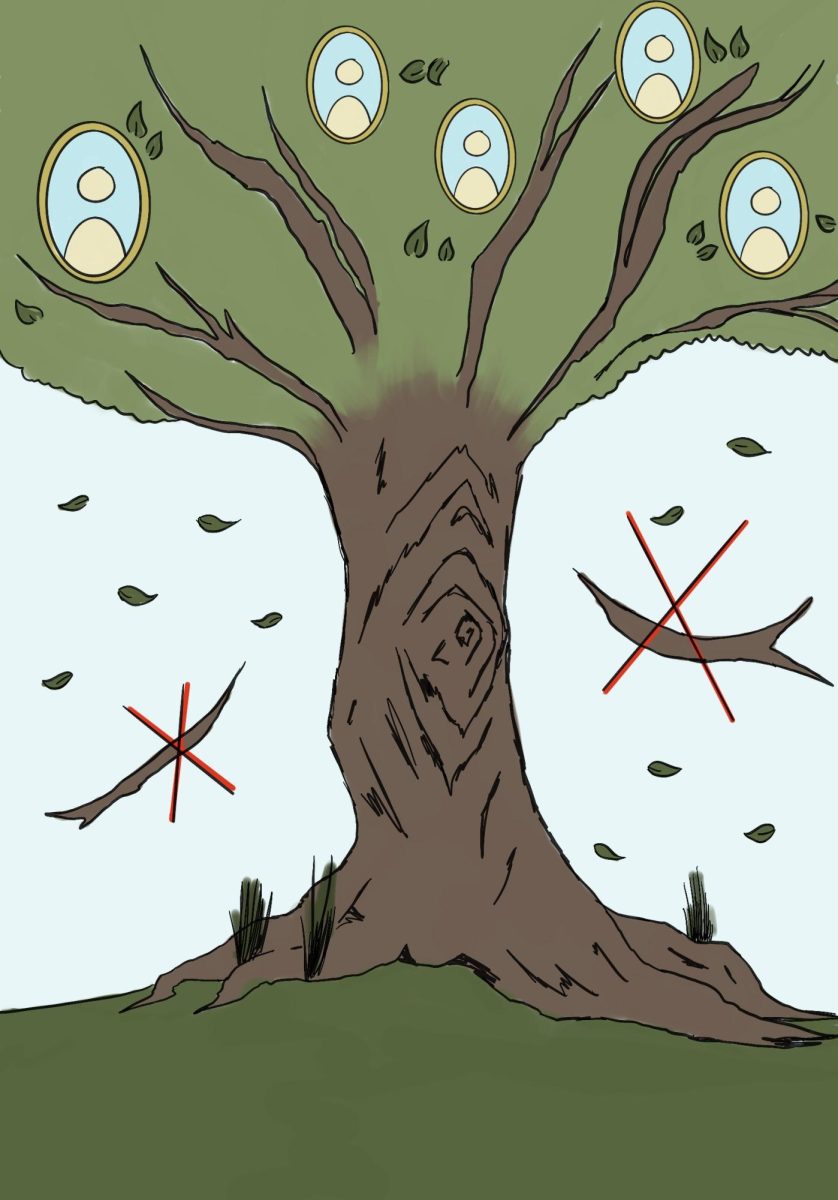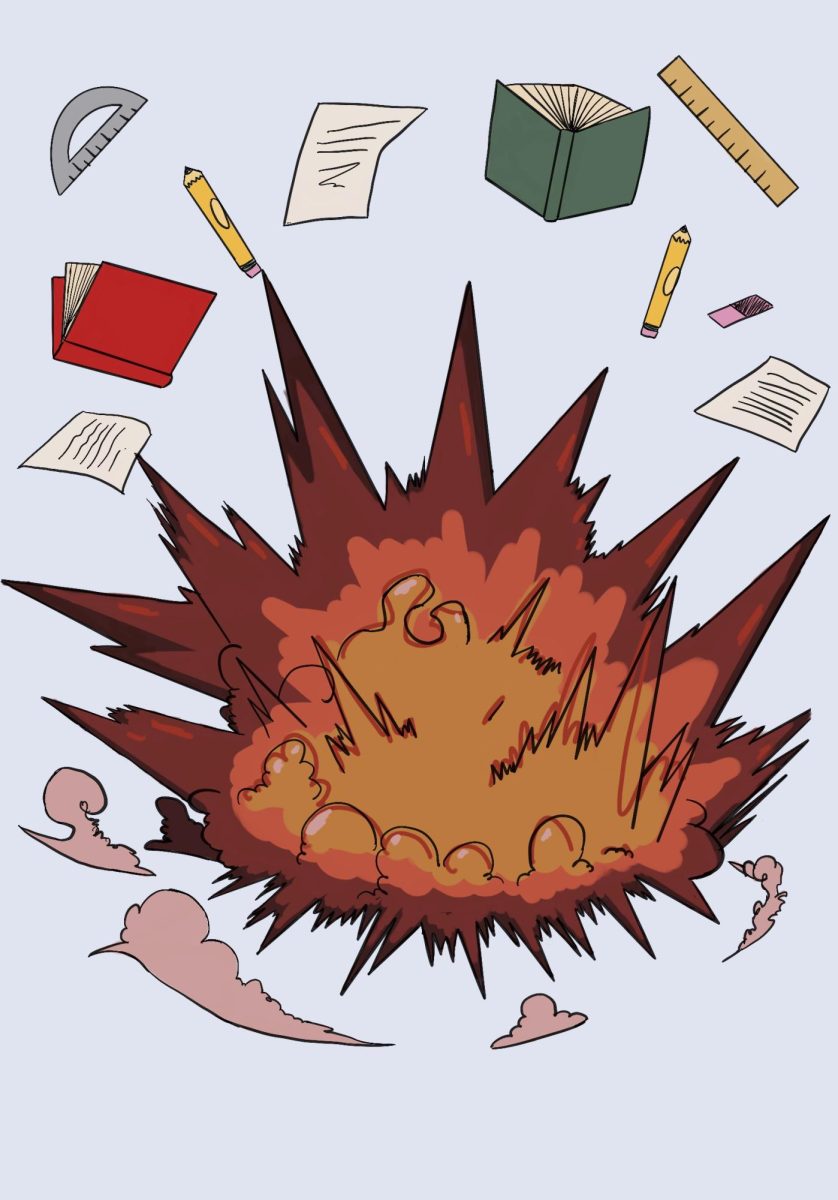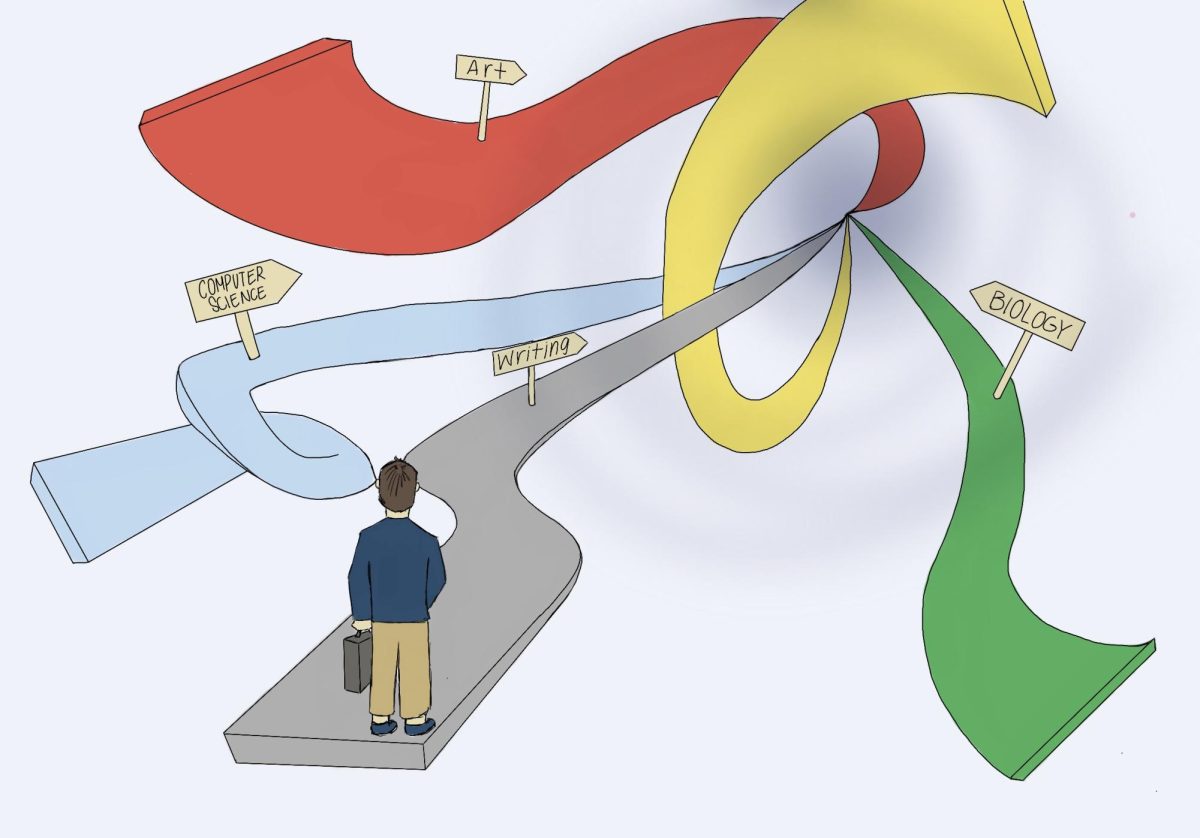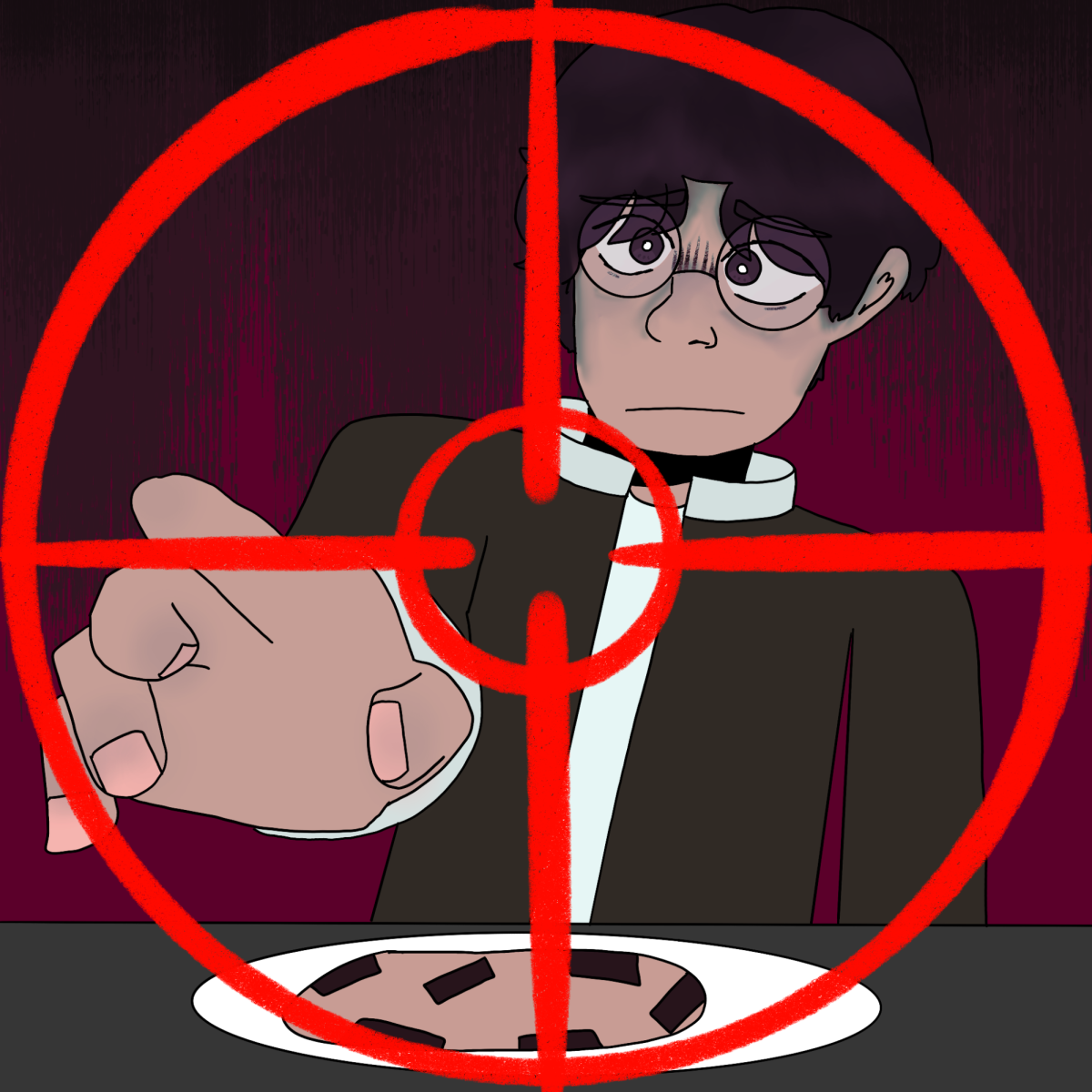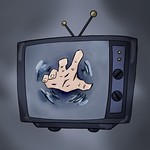
Dear reader,
HEY! YOU! Yeah, you — the person reading this article in some section of our website or the newspaper. What do you know about meta commentary and the fourth wall? And I don’t just mean our Deadpools and Malcolms that turn around in the middle of a conversation and make some on-the-nose comments about the current situation. Those are fun, of course, but there’s a whole lot more to meta commentary than simply acknowledging the existence of the audience.
Meta commentary acts as a direct line between the author and us, the audience. We become a part of the message and story that the piece of media is trying to tell, which is exactly what makes it so special. Meta commentary allows us to understand the story beyond what the story and characters communicate to us.
We see this in the film “Look Back” directed by Kiyotaka Oshiyama. The movie’s use of meta commentary is calm, and although not exactly the traditional sense of what we assume to be meta, it acts as a gentle reminder of the movie’s main messages every step of the way. No character goes on some long-winded monologue to the audience in an attempt to convince us of some idea. Instead, they take it slow, and every single frame intentionally comments on the film, making critiques of characters or pushing this idea of competition with one’s self and their relationship with the art that they make. Plenty of frames are left unfinished throughout the film, showing their sketch marks and the process of each frame. Not because they just didn’t feel up to it but to force you to acknowledge the creation process of the film.
Even the opening shot of the film does this, being a long, drawn-out movement descending from the sky into the main character’s room. With the shot trying to recreate the look of a dolly camera with animation, every single frame is hand-drawn, meaning the viewer is made to see every single human fault in the animation. The wacky proportions and chunky frames send the message that the film you are viewing was made by an actual person. This doesn’t at all mean that the opening shot isn’t beautifully crafted. In fact, right off the bat, the film tells us the type of the film it will be, without a single word or person, in the span of less than a minute. That’s the art of meta commentary done well.
The entire film acts as a critique on the way that artists view themselves and their relationship with art. So the film makes sure to encompass that as well as send the audience a very direct message.
To make the audience truly care about the stakes, the story needs to make the characters, their happiness, their pain and their anger feel real for them to believe, at least somewhat, that the characters we see in front of us are real. Personally, I’ve always struggled with finding that, which is part of the reason why finding media I can enjoy is so hard for me. But that’s also where meta commentary, especially the fourth wall, comes into play.
There is a difference between the way a normal story and one that breaks the fourth wall create a sense of disbelief. A normal story asks us to uphold it while, on their part, it tries to make a story that makes sense. On the other hand, a story that breaks the fourth wall violently rips the disbelief away from us and forces us to be a part of the story. When the fourth wall is removed and the audience stares face-to-face with the characters, they are forced to care more about the story. It removes our sense of immortality when we watch versus participate. The impact our own actions have on that world is revealed. We become a part of the story.
This is again seen with two perhaps my favorite two pieces of text-based media being “Football 17776” by Jon Bois and “House Of Leaves” by Mark Z. Danielewski. “Football 17776” is perhaps best closely described as a fever dream, and one that I would recommend anybody with an internet connection to explore. Following a far-off but also painfully similar future, “Football 17776” forces readers to engage like no other story I’ve ever seen. With embedded video links leading to animated graphics and dialogues of text, to even the trippy effect that happens when you first open the page and scroll down. It combines this guttural feeling of apathetic cosmic dread and hopelessness with compassion and a feeling of absurdity that gives it meaning. It puts you in a position as an observer, like almost every other story does, but it also forces you into a position where it’s not nearly as passive.
Then there is “House of Leaves,” an arguably more meta and trippy story than anything else out there. “House of Leaves” exemplifies perfectly what I truly love about tearing down the fourth wall and directly talking to the audience. It’s a book that forces you to engage on quite literally every level possible. Making you look at the footnotes that seem inconspicuous at first, to the multiple narrators who may or not be made up, or to the use of the page space itself, the book explores a spiral into insanity. Few things come close to the mental games that it plays — and that’s because it’s a manipulation of the fourth wall.

